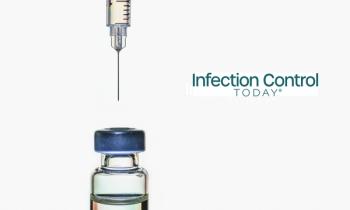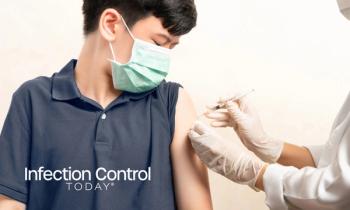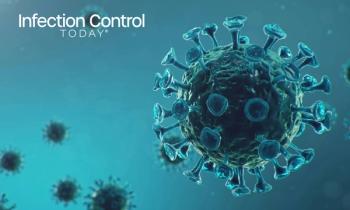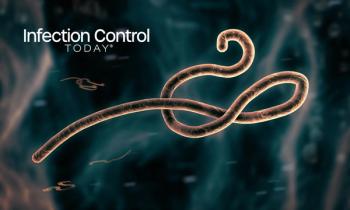
Influenza Season and COVID-19 – What Should We Expect?
Will it be a severe flu season? Will SARS-CoV-2/coronavirus disease 2019 (COVID-19) surges occur this winter? How will this compound the stresses of COVID-19?
The topic of influenza season has been forefront on the minds of healthcare and public personnel. Will it be a severe flu season? Will SARS-CoV-2/coronavirus disease 2019 (COVID-19) surges occur this winter? How will this compound the stresses of COVID-19? The truth is that we’re in uncharted territory and that means planning for the worst and hoping for the best.
Last year, the US Centers for Disease Control and Prevention (CDC) estimated that between 39 and 56 million flu illnesses occurred in the United States. These resulted in between
Currently, the
We know that people can be co-infected with multiple respiratory viruses, but we don’t know how common an infection of both influenza and SARS-CoV-2 will be. A few things that we’ll be considering as respiratory virus season rolls in: How impacting will it all be? Flu season alone can be overwhelming for hospitals and exceedingly draining on staffing, resources, and healthcare capacity. Throw in potential surges of COVID-19, and that could be devastating. The silver lining though of widespread masking mandates, emphasis on social distancing, and efforts to stay home, might be a lower impact of flu. Those COVID-19 prevention strategies we’re all currently applying should help decrease the transmission of influenza too. Heavy pushes to vaccinate and early should also support reduction in flu cases. Moreover, our focus early on, could translate to preparedness through better staffing, resources, and contingency plans to build capacity.
A few pieces though, that should be worrisome. First—the fatigue of our healthcare workers. Even if a surge isn’t currently happening in their communities, we are all experiencing levels of fatigue, frustration, and utter exhaustion from the trauma that is living in a pandemic. Working in healthcare in the United States during this has been that much more painful. Care for the caregiver is critical during these times.
Second, with such hypersensitivity to COVID-19 and the concern for spread in return to work environments, it’s very likely that should anyone have even the most mild respiratory illness symptoms, they will be sent home (which is good), but likely require a COVID-19 test. The additional stress this could place on an already strained testing capacity is worrisome. Moreover, our nervousness around the potential severity might make us hypersensitive to the point of stigmatizing those with a cough or a positive COVID-19 test.
As infection prevention programs across the country work to regroup, take a moment to breathe, and ultimately prepare for a worrisome winter, it’s important we consider the pieces of COVID-19 that might complicate respiratory virus season. Focusing on testing capacity but also how we’ll handle symptomatic staff and potential exposures with negative rapid tests that might not be as sensitive as we’d like. Lastly, now is the time to reiterate prevention strategies with staff and focus on their efforts but internally and externally—we know that exposures occur outside the hospitals, so how are we addressing them? While we can’t predict what this winter will look like, we can work to prepare and respond appropriately and hopefully, our current work will help reduce severity.
Newsletter
Stay prepared and protected with Infection Control Today's newsletter, delivering essential updates, best practices, and expert insights for infection preventionists.






